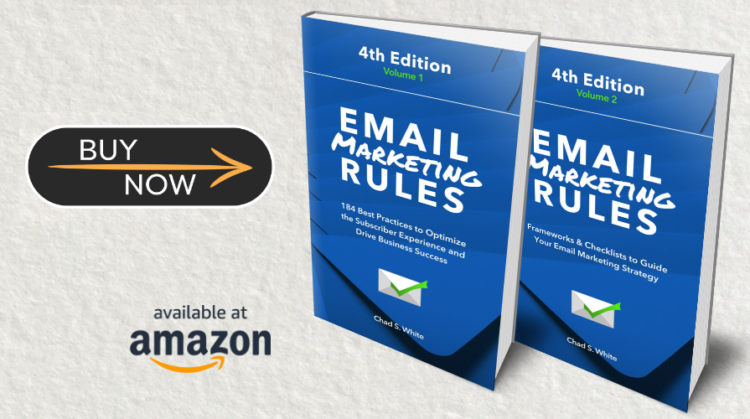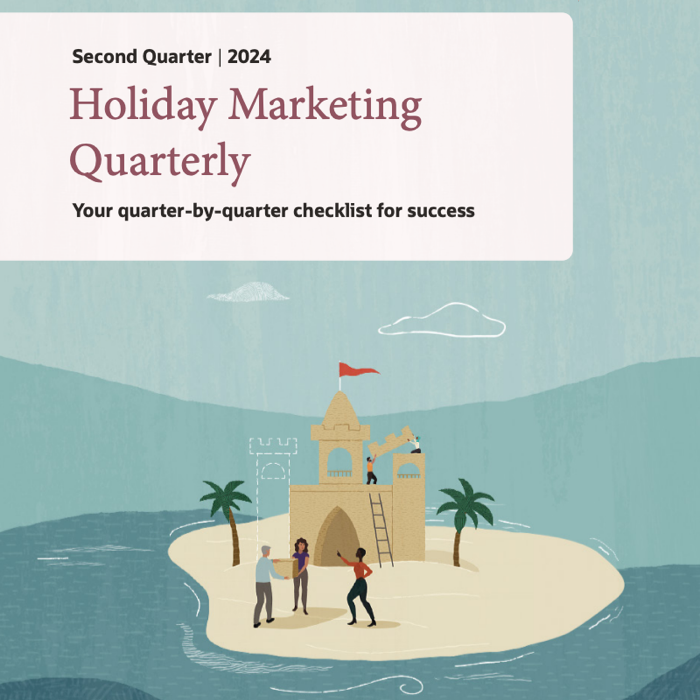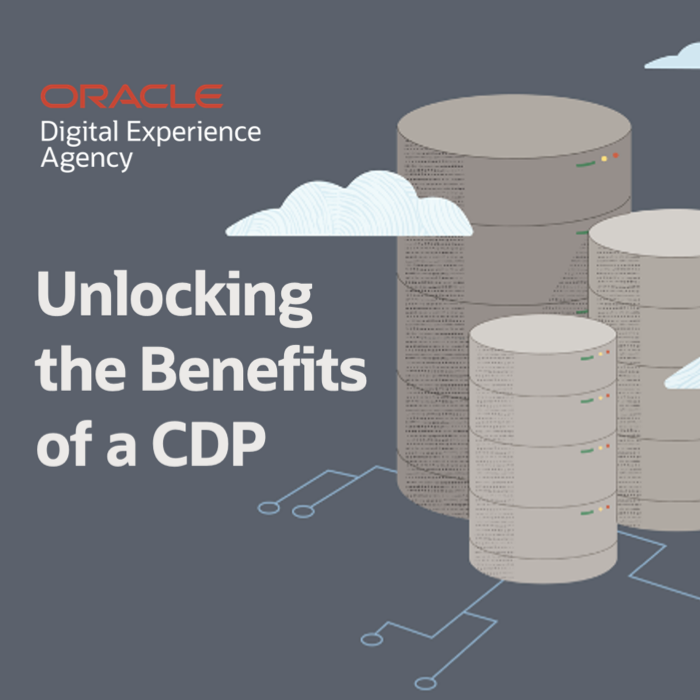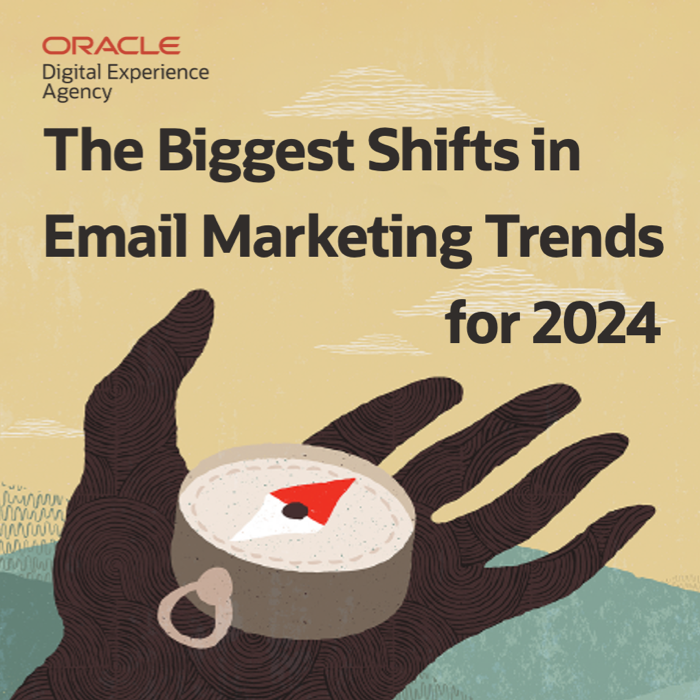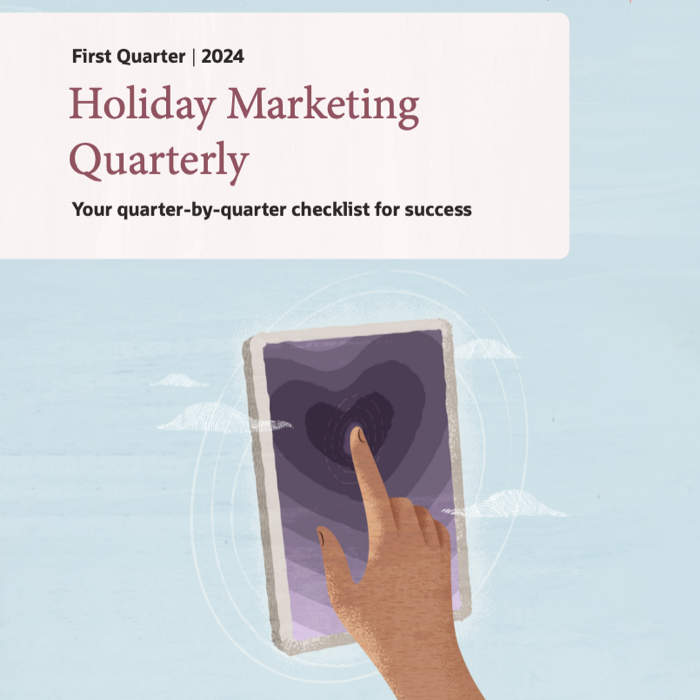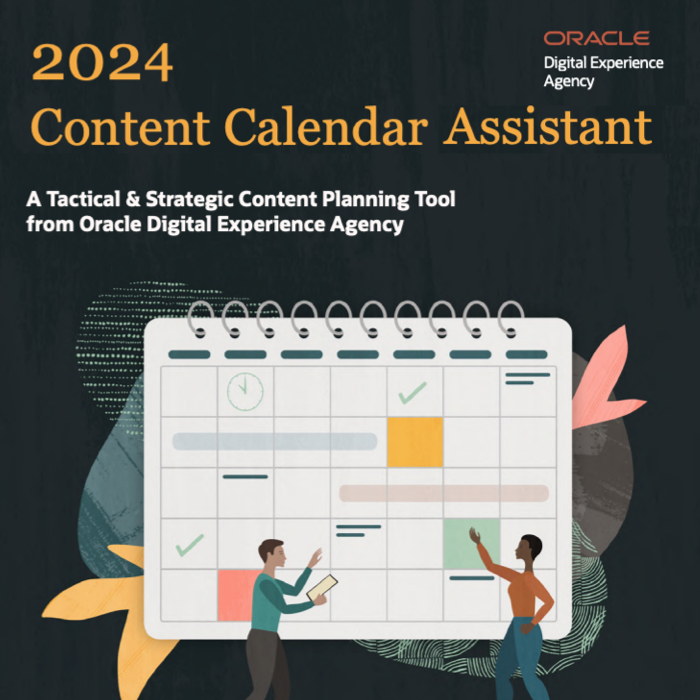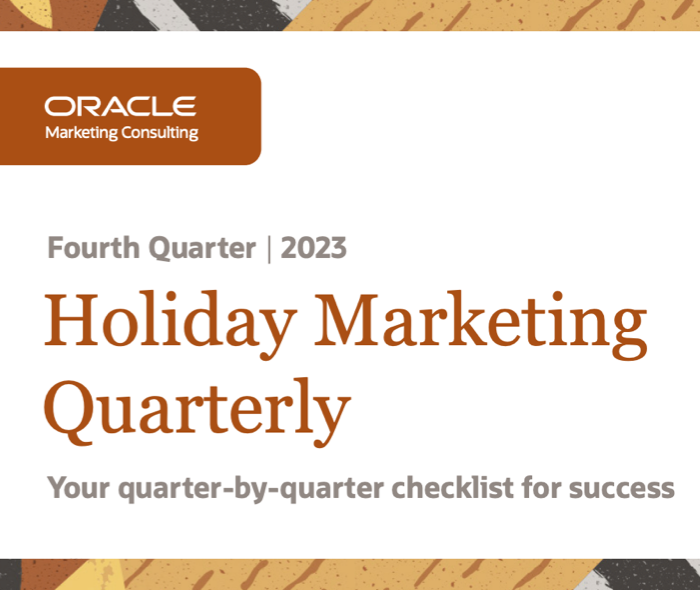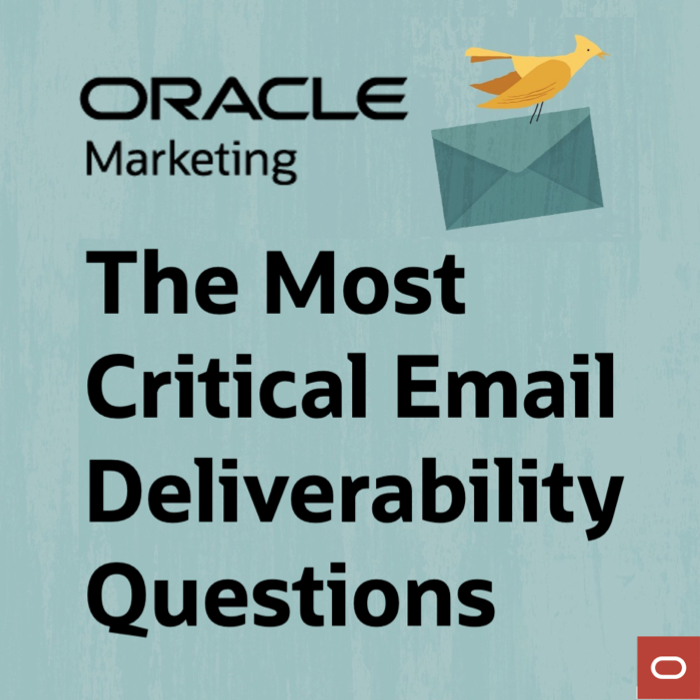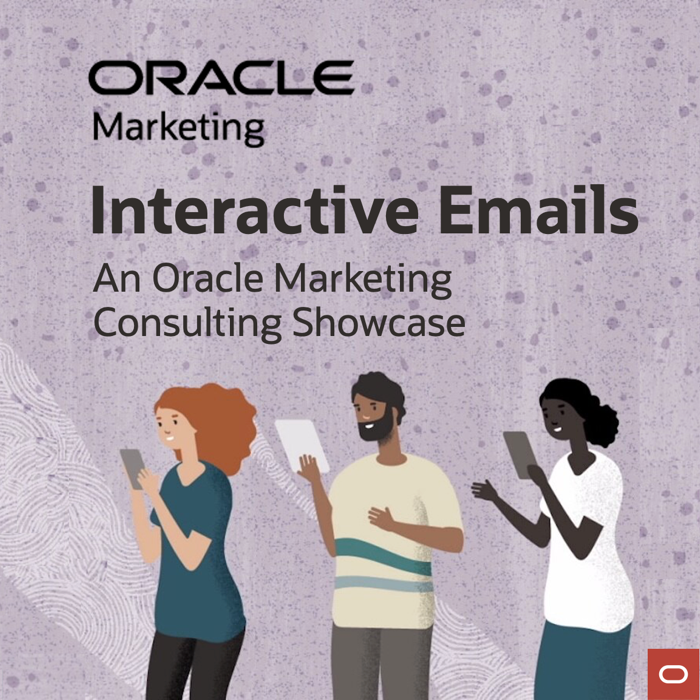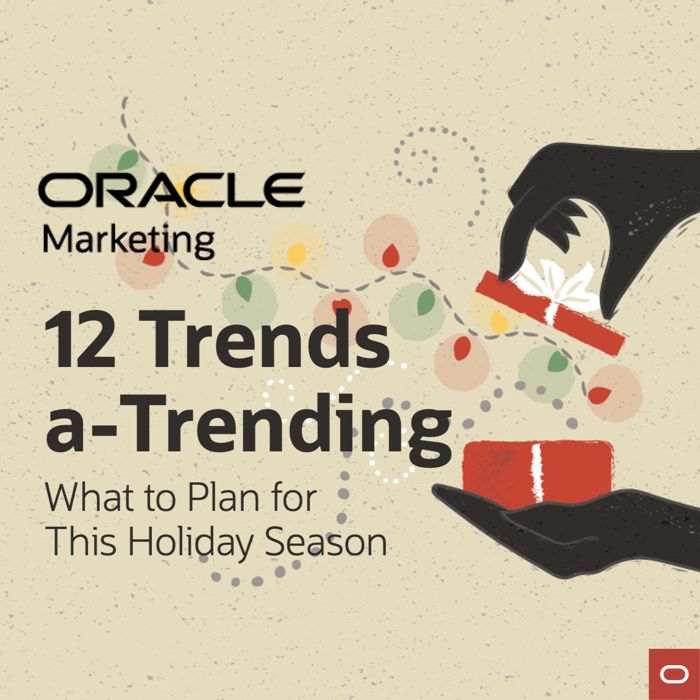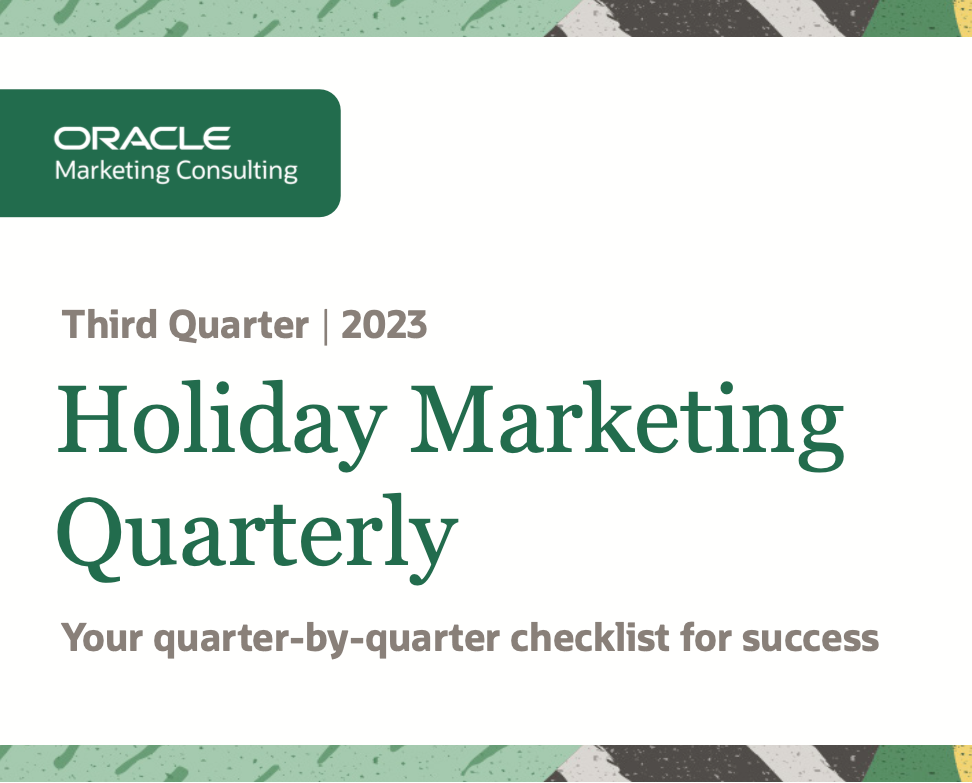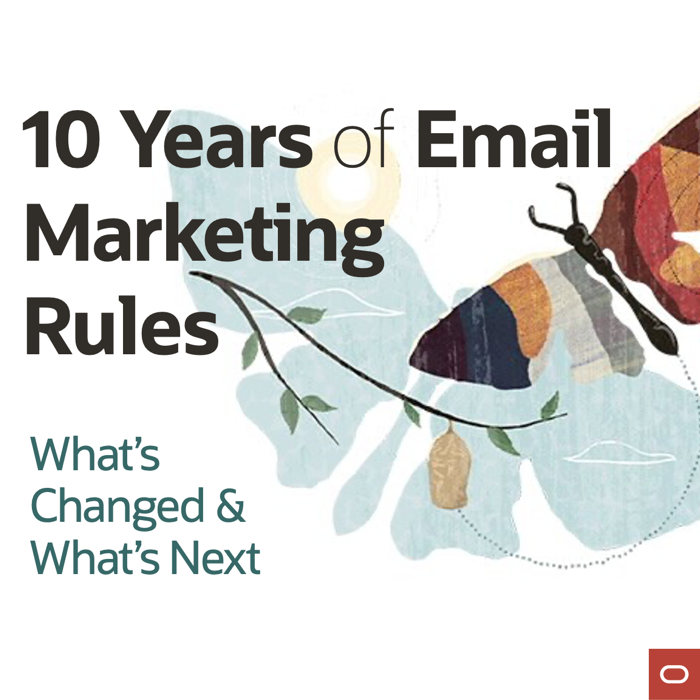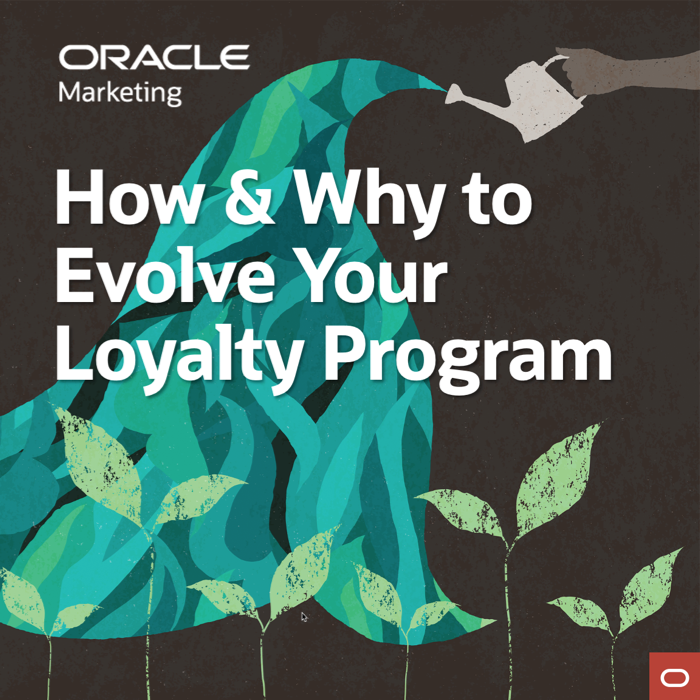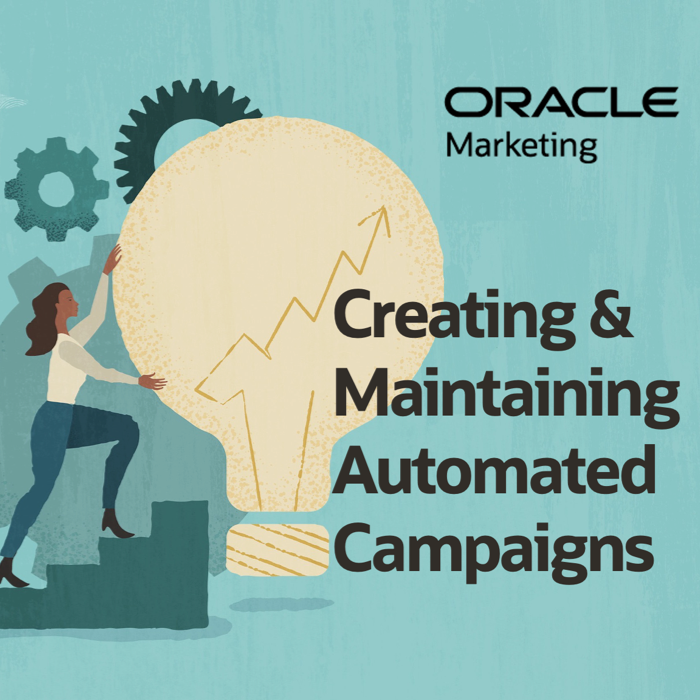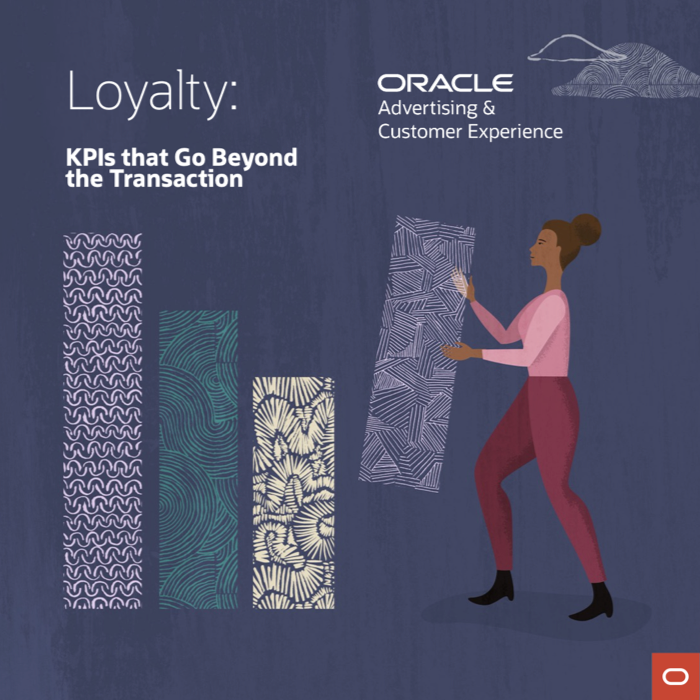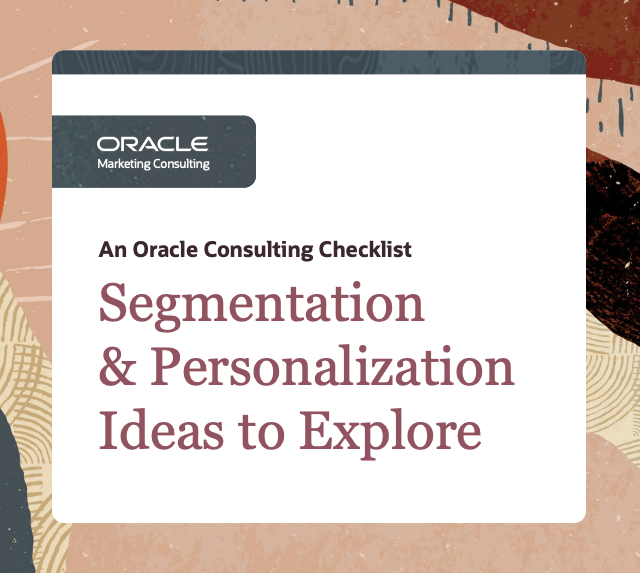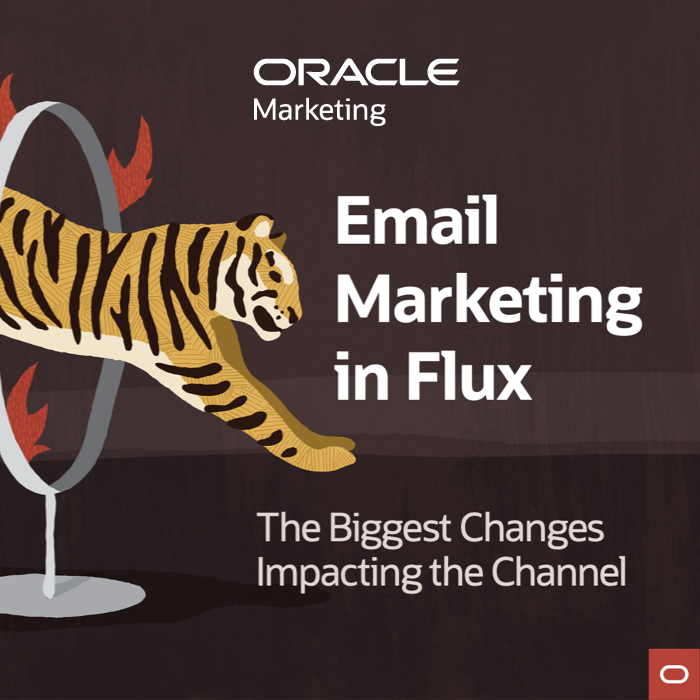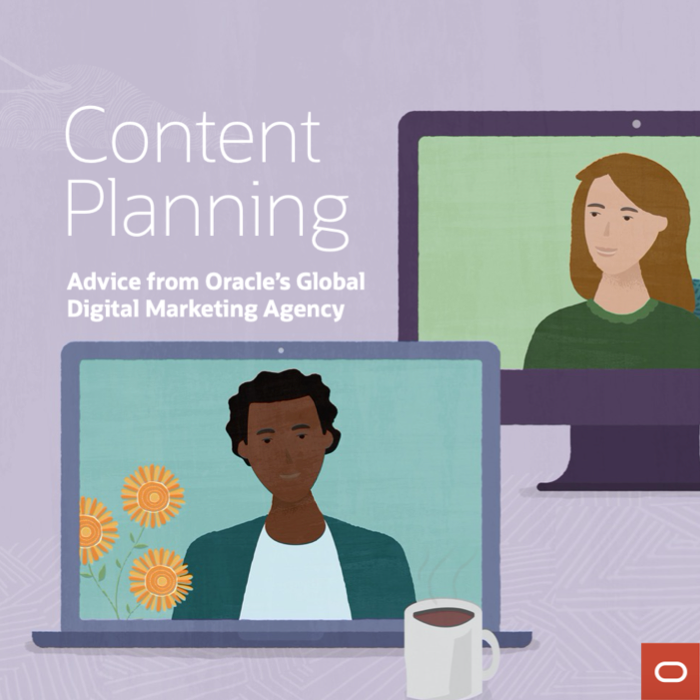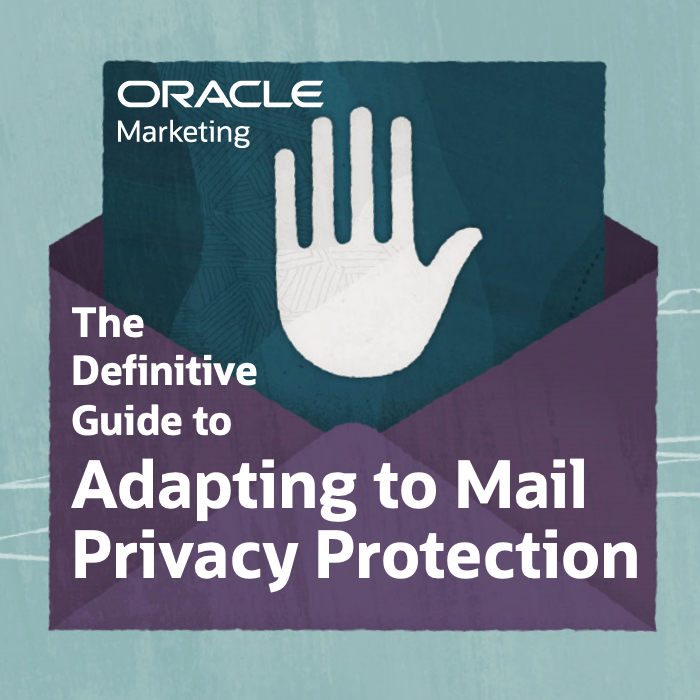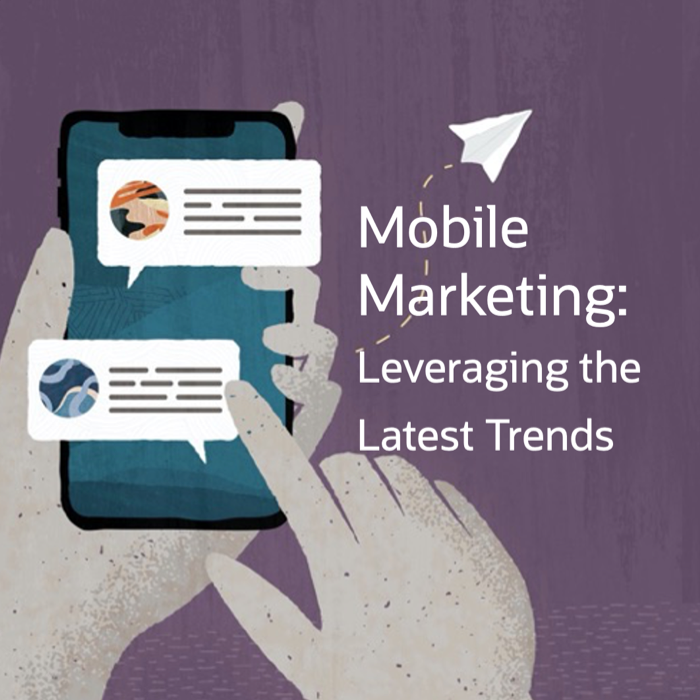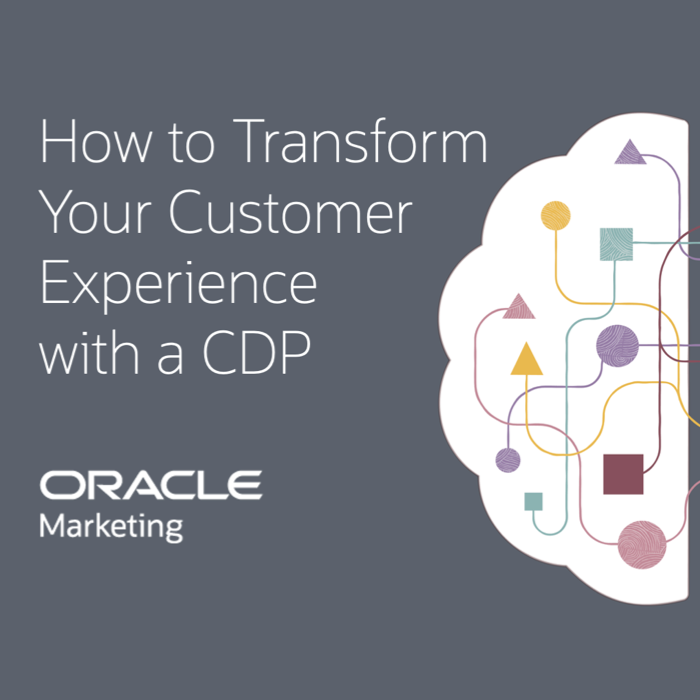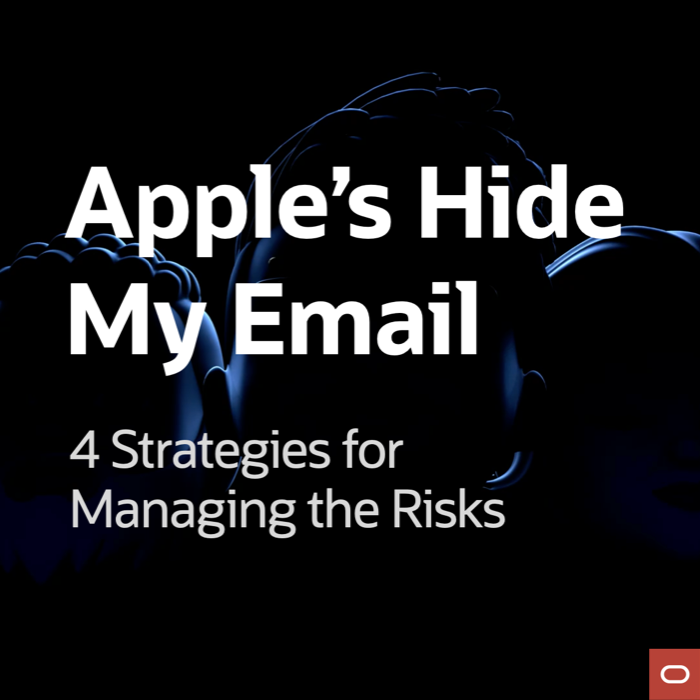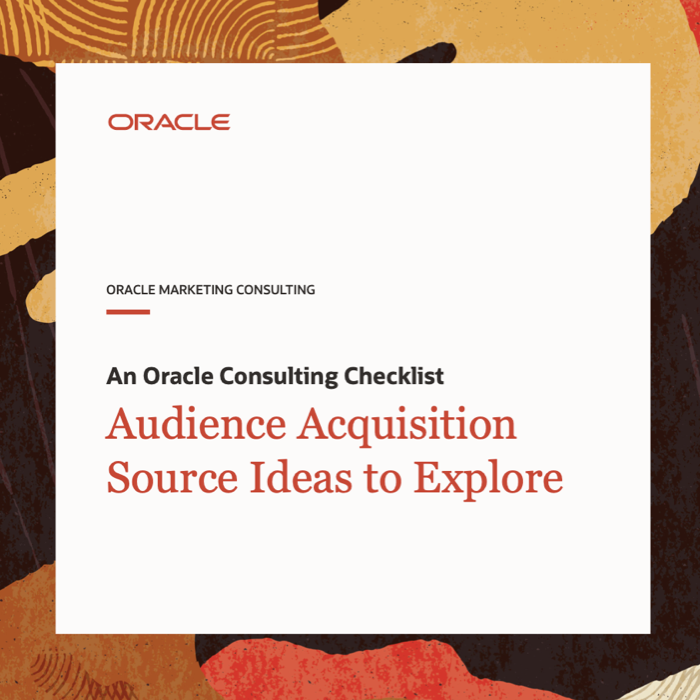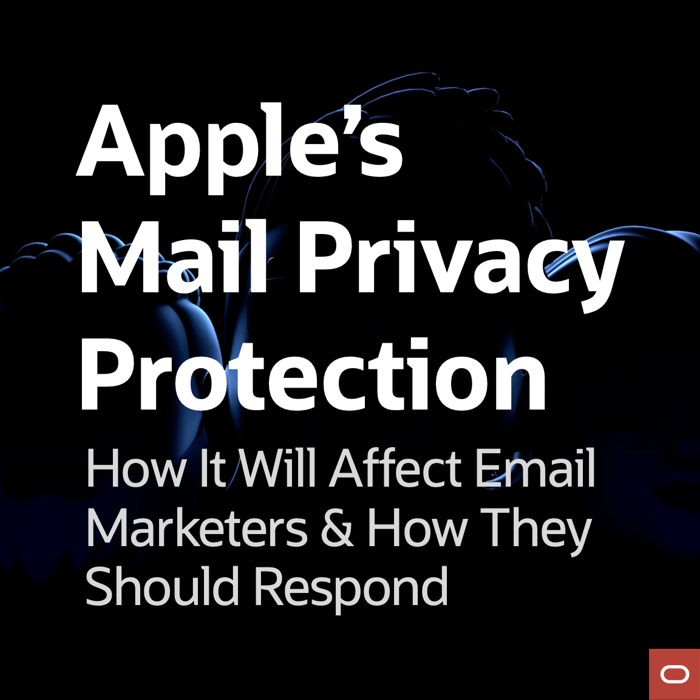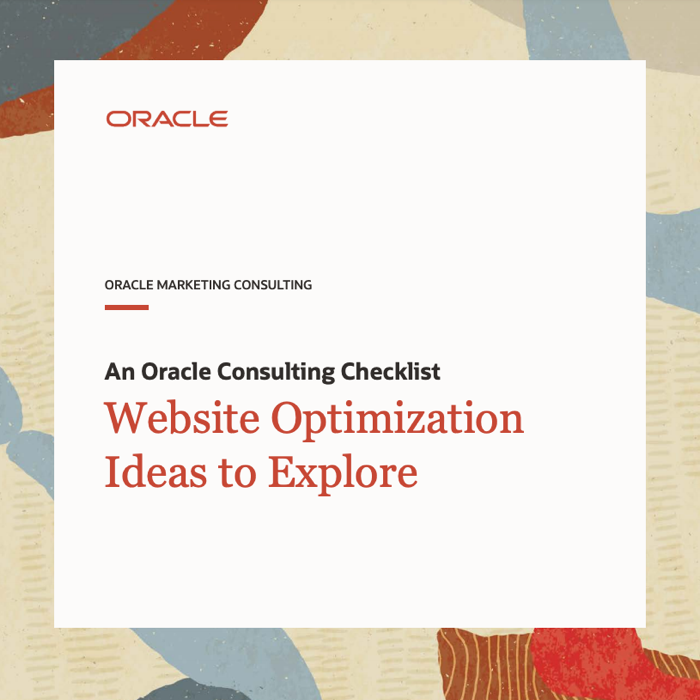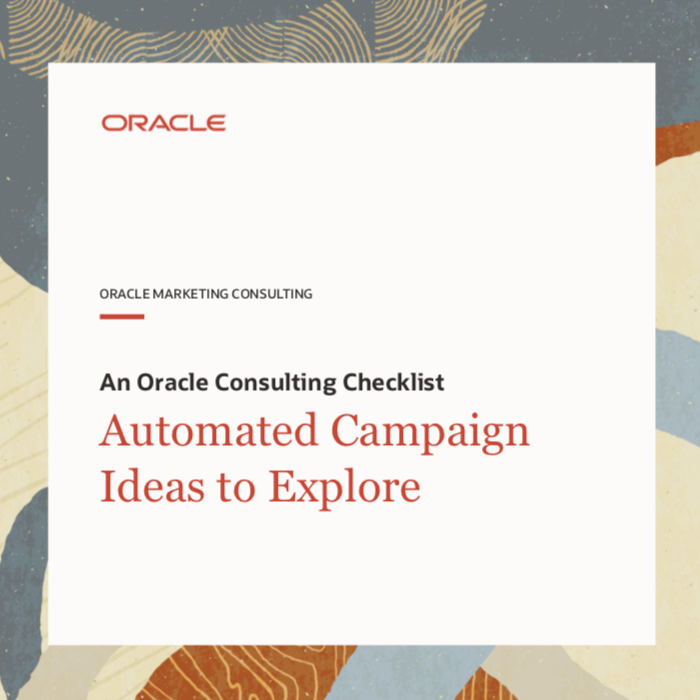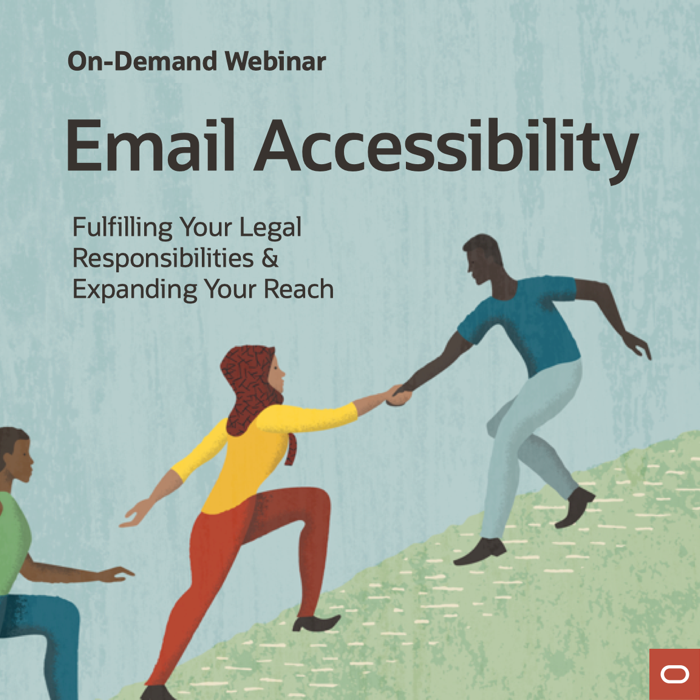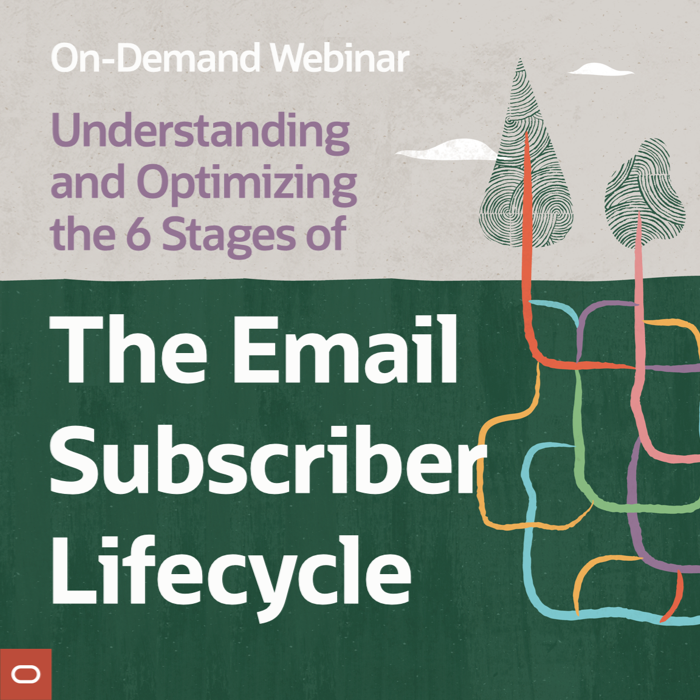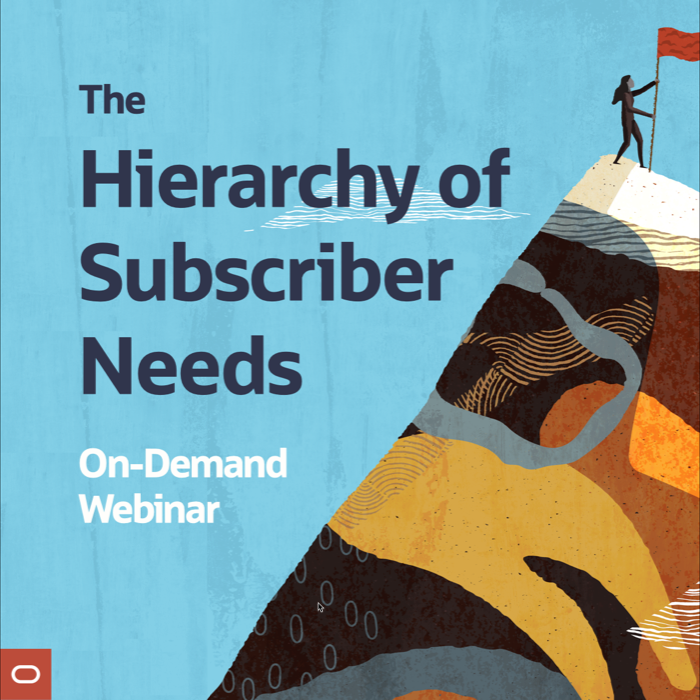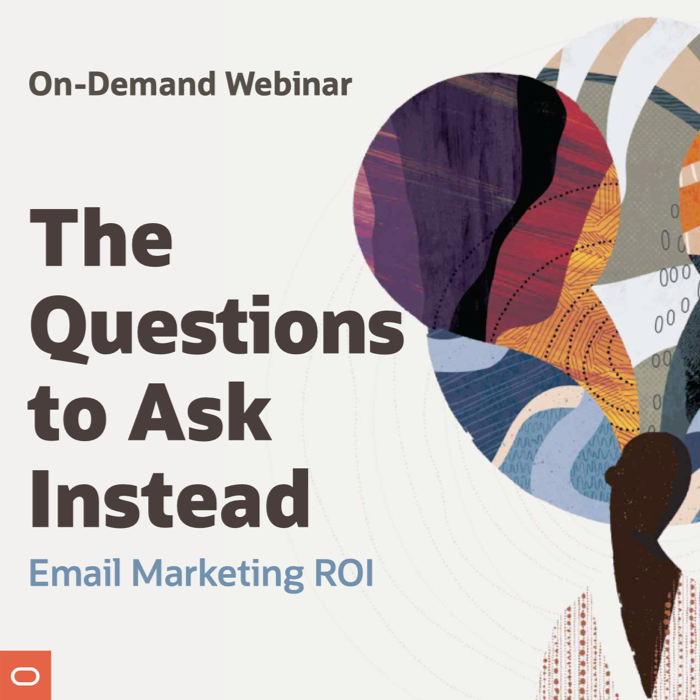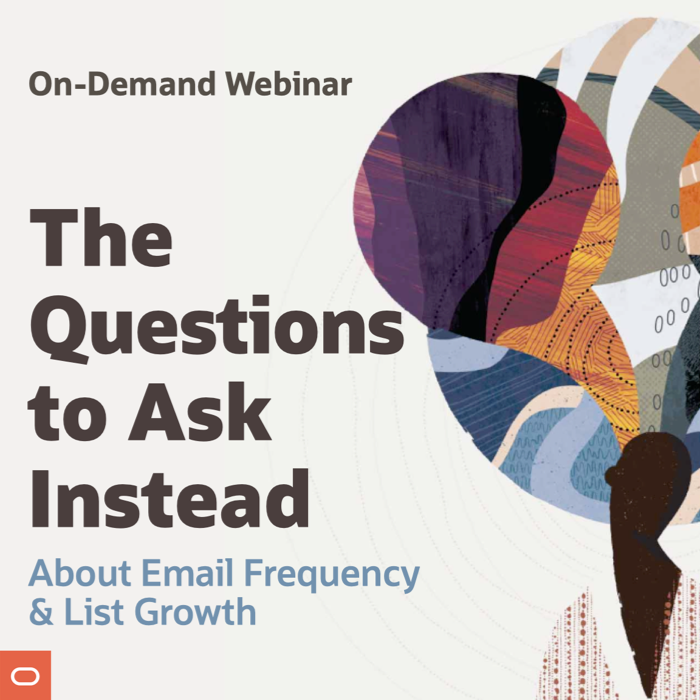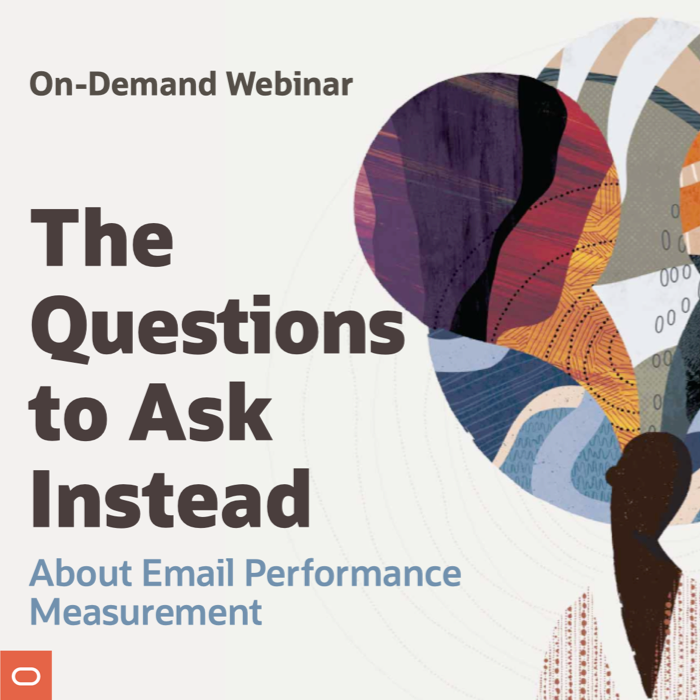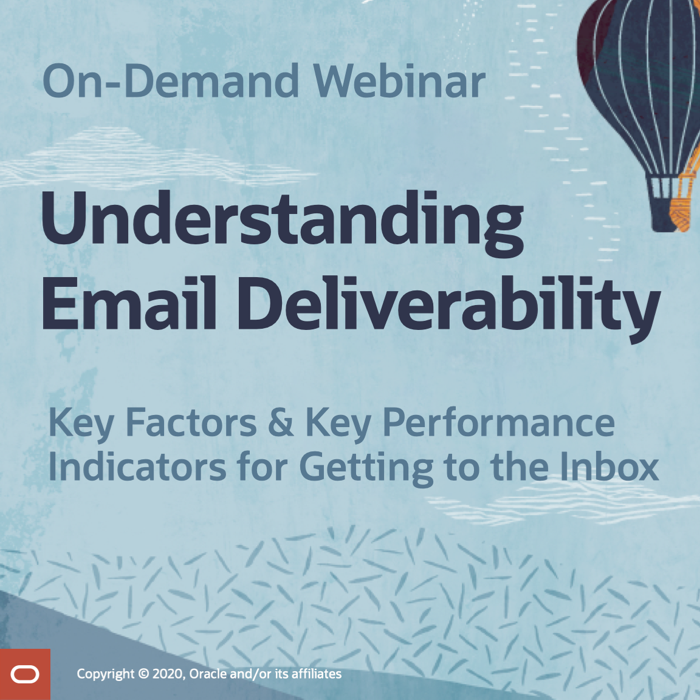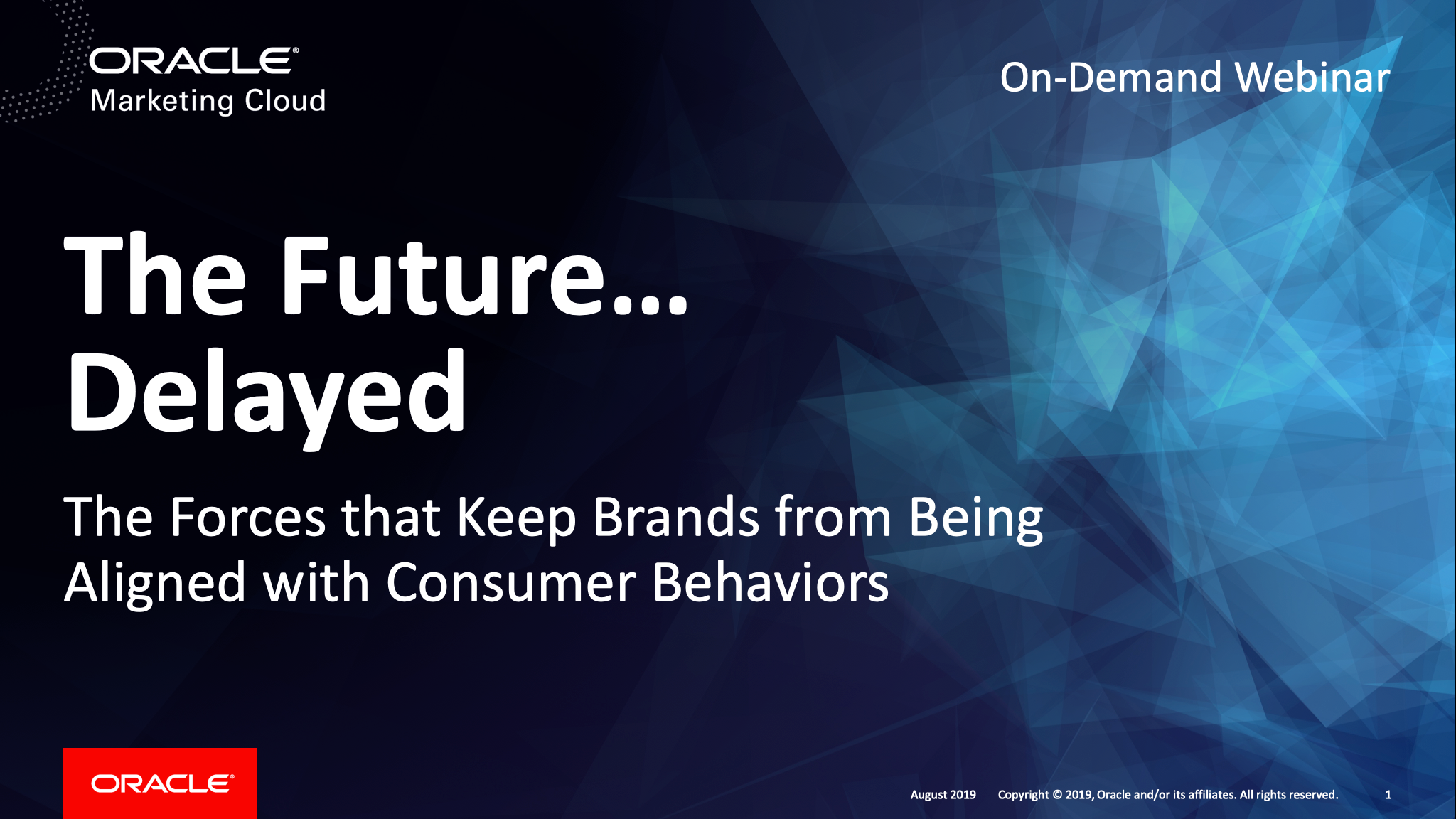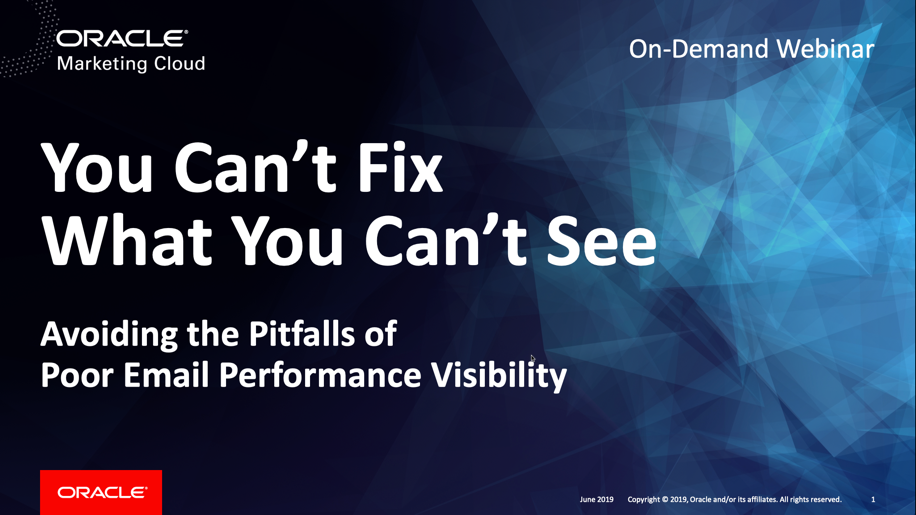Webbula: What Are the Top 3 Reasons You Love Working in Email Marketing?
Posted on June 29, 2022
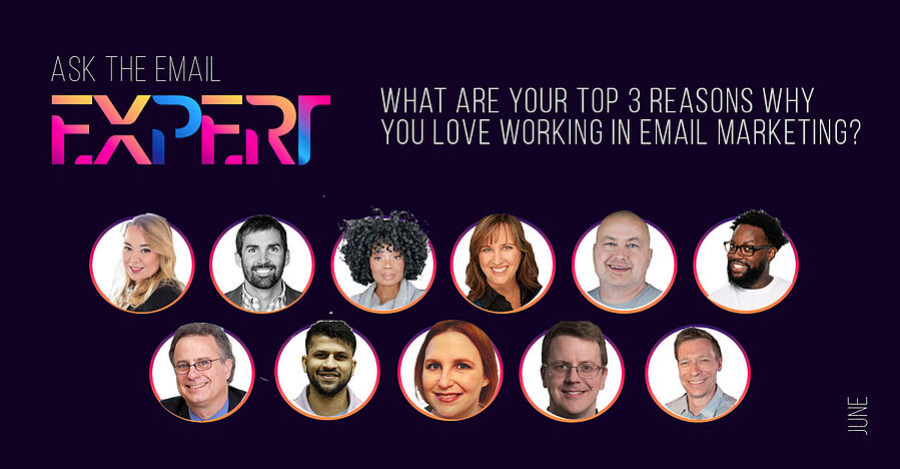
Along with 10 other email experts, I share my top 3 reasons why I love working our industry. For me, it comes down to:
- Loving the constant evolution of the channel and the fact that there’s always something new to talk about
- Enjoying the emphasis on data and insights, in addition to the art aspects of email marketing
- The people, who really are extraordinarily friendly, open, and welcoming
To see my full answers, and to see everyone else’s too…
Unlayer: Create Engaging Email Subscriber Journeys
Posted on June 22, 2022
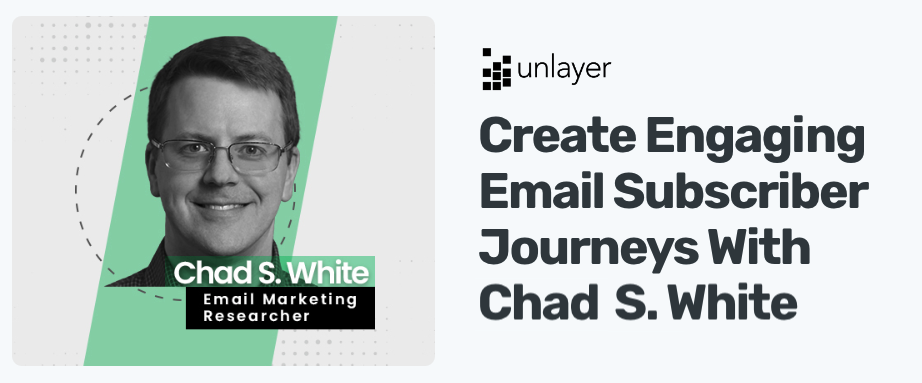
Understanding how different subscribers move through the subscriber lifecycle and what their needs are at each stage is critical to getting the right messaging in front of them. In this interview with Unlayer, I talk about the subscriber lifecycle and automated subscriber journeys, answering questions such as:
- Out of the 5 stages (Acquisition, Consideration, Purchase, Retention, Re-engagement), which one matters the most in the subscriber journey?
- Your book talks about building high-performance lists by identifying valuable subscriber acquisition sources. Can you elaborate on what these sources are?
- You’ve previously talked about automating your email messaging so you address moments that matter. What do you mean by “moments that matter” in the subscriber journey and why is email automation the way to go?
- How can email affect and support the different stages of the customer journey?
- What do you think marketers do wrong with their emails and what do they need to change to create engaging subscriber journeys?
For my answers to those questions and others…
Multi-Touch Attribution: Moving Beyond Overly Simplistic First- and Last-Click Models
Posted on June 13, 2022

Giving 100% of the credit for a sale to the channel that either attracted the customer by generating the first click of an interaction or closed the deal by producing the last click made sense in the early early ’00s when the average consumer used two touchpoints when buying an item. However, consumers today use an average of almost six touchpoints, according to research by Aberdeen, Oracle, and Relationship One.
In our omnichannel world, single-touch attribution is simply too out of sync with consumer behavior. To appropriately attribute marketing activity today requires use of a multi-touch attribution model, of which there are many. Each assigns different weights to different points in a customer journey, with some of the more important ones being…
What’s Wrong with Email Marketing?
Posted on June 7, 2022

As powerful and unique as email marketing is, it’s far from perfect. If you want to grasp some of its imperfections, just look at what the inbox and mailbox providers have been doing. The features they’re pushing will give you a sense of what they feel is wrong with the channel.
Here are the major perceived shortcomings they’ve been investing in trying to fix:
- Email marketing isn’t engaging enough.
- Email content can become outdated.
- Emails are too cluttered.
- Email isn’t trustworthy enough.
- Emails are sent to people who aren’t engaging with them.
- Email violates subscribers’ privacy.
- Email performance data is inaccurate.
For a full discussion of each of those, including which inbox providers believe that and what they’re doing about it…
What’s Your Digital CX Strategy for Out of Stocks?
Posted on June 3, 2022

The pandemic, geopolitics, and war have snarled global supply chains, frustrating customers and causing record levels of brand switching and retailer switching. With problems unlikely to be resolved anytime soon, brands need nimble marketing strategies that maximize customer retention and minimize poor experiences.
To accomplish this, brands need a multi-pronged approach that spans web, messaging, infrastructure, and loyalty.
Mobile Marketing: Leveraging the Latest Trends
Posted on June 2, 2022

With mobile devices increasingly woven into the fabric of consumers’ everyday lives, it’s imperative that marketers stay on top of the latest trends in mobile marketing. Leveraging insights from these trends will allow you to evolve your mobile experiences and meet consumers where they are.
Pulling from our on-demand webinar on mobile marketing trends, here are 7 key mobile marketing trends and their implications for marketers:
- Shopping habits continue to rapidly shift.
- SMS marketing is far from saturated.
- It’s a ‘next level’ indicator of brand affinity.
- Mobile messaging isn’t just for transactional communications any more.
- By focusing on relevancy, frequency becomes less relevant.
- It’s not mobile messaging versus email, but rather and email.
- Generational differences aren’t as big as you probably think.
For a discussion of each of those trends by Oracle’s Clint Kaiser…
The Last Word on May 2022
Posted on June 1, 2022
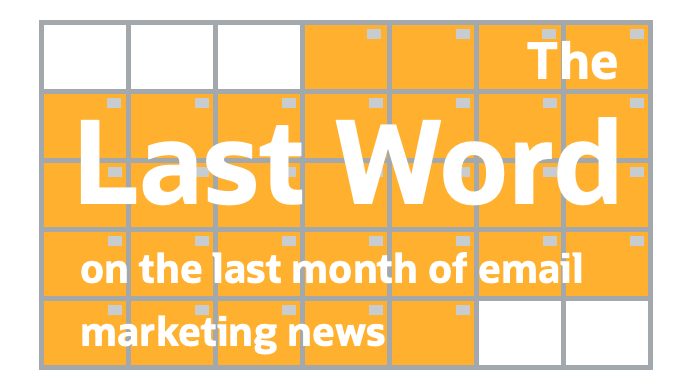
A roundup of email marketing articles, posts, and tweets you might have missed last month…
Must-read articles, posts & reports
Should You Build Your Own ESP? (Only Influencers)
Introducing the Email Markup Consortium (EMC) (DEV)
One-Click Unsubscribe: Don’t Do It (Spam Resource)
Martech Checklist: Do You Have the Right Solutions to Future-Proof Your Stack? (Oracle)
The Content Preferences of B2B Buyers (MarketingProfs)
How US Consumers Are Feeling, Shopping, and Spending—and What It Means for Companies (McKinsey & Co.)
Insightful & entertaining tweets
Nearly two-thirds of US consumers would give away their email address for a $20 coupon or discount code. https://t.co/CJzCc4UqBO#privacy #etailer pic.twitter.com/3xujoAJoEC
— Chart of the Day (@ChartoftheDay_) May 2, 2022
For the millionth time… “Promotions tab in Gmail is not spam! “
— Tejas Pitkar (@TPitkar) May 3, 2022
Always know your brand voice. Some brands curse in their emails and make prospects laugh. Some brands accidentally use “all-caps” and their prospects unfollow.#emailgeeks
— Naixa R. (@RNaixa) May 3, 2022
One of those days where it’s abundantly clear that marketers are buying and selling lists. So much shit I never signed up for in my inbox.
— Jason Rodriguez (@RodriguezCommaJ) May 4, 2022
Seen in a #coldemail about sending better #coldemails…
“Don’t Spam. Build Relationships.”
Scratching my head over this one… #Emailishard
— Matthew Vernhout (@EmailKarma) May 12, 2022
Email marketing is kind of like drinking in high school…
Yes, “everyone is doing it.”
And
Yes, very few know what they’re doing.
I always hope I’m on the right side of this one. #emailmarketing #marketing #email #emailgeeks
— robbiefitz (@RobbieFitz) May 27, 2022
Noteworthy subject lines
Zales, 5/1 – 30% OFF Everything: Gift Mom, or Yourself!
Burlington, 5/2 – Mom-approved gifts at mom-approved savings
Williams Sonoma, 5/6 – It’s not too late! Artisan food subscriptions make the perfect gift
Uncommon Goods, 5/3 – This summer, RSVP “yes” to every occasion
Dick’s Sporting Goods, 5/28 – 😎 [Free one-hour curbside or in-store pickup] This will be a summer to remember… BRING ON UP TO 50% OFF deals
Banana Republic, 5/13 – A Season for T-Shirts
Neiman Marcus, 5/2 – Sandal season has arrived!
Belk, 5/19 – Lift’s better in sandals! 👡 $16 flip flops, pool slides & more shoes
Eddie Bauer, 5/20 – 😎🌊Block Rays & Play All Day!
Bass Pro Shops, 5/19 – Apparel For On & Off The Water Protection!
West Elm, 5/1 – Rugs for patios & high-traffic spaces
Banana Republic, 5/24 – The Edit: Wedding Guest
T.J.Maxx, 5/19 – 24hr Early Access = first dibs on deals
ModCloth, 5/1 – Smash-the-like-button styles. 👍
T.J.Maxx, 5/4 – Made in Italy–without the markup 😍
Bed Bath & Beyond, 5/13 – 📈 See what’s trending RIGHT now!
Quiksilver, 5/20 – Now Available: Stranger Things 1986 Collection
Zales, 5/13 – Celebrate the 10th Anniversary of Disney’s Brave
Staples, 5/18 – Celebrate WFH Day in style 🎊
Nordstrom, 5/18 – We’re celebrating AAPI Month
Uncommon Goods, 5/18 – Send your dollars toward things you care about
Bass Pro Shops, 5/20 – Cast Your Vote For Conservation
Express, 5/18 – Guess what you just helped us do…❗
Subway, 5/2 – You could be earning rewards!
New posts on EmailMarketingRules.com
4 Ways Your Math May Be Steering Your Email Marketing Program Wrong
Customer First Thinking Podcast: Email Still Rules
7 Advanced Digital Marketing Metrics Most Brands Don’t Use, But Should
Universal Control Groups: The Path to Digital Marketing Measurement Clarity
On-Demand Webinar: How to Transform Your Customer Experience with a CDP
4 Ways Your Math May Be Steering Your Email Marketing Program Wrong
Posted on May 25, 2022

As more marketers embark on their personal journeys to become data-driven marketers, most are finding the road to be a rocky one. The central problem they’re encountering is a surprising one: It’s that their data doesn’t always lead them to the best decision.
Why is that? Sometimes the wrong lesson is being taken from the data. Other times it’s the data that’s one level deeper in the data pool that they should be using. And sometimes the data is being used to power one action plan when it should be used to power several.
Ultimately, it’s because it’s not really data that we’re after in the first place—it’s insights. In this blog post, Clink Kaiser, Head of Analytic & Strategic Services at Oracle Marketing Consulting, shares four examples of how to be an insight-driven marketer.
Customer First Thinking Podcast: Email Still Rules
Posted on May 16, 2022

Email marketing never seems to get the respect it deserves, yet consumers continue to prefer it over every other media channel, says Stephen Shaw, host of the Customer First Thinking Podcast. I could agree more.
I recently joined him on his podcast, where we talked about how the future of email marketing is as promising as ever. During our conversation, he asked me:
- Why doesn’t email marketing get more respect?
- What have been the major inflection points in the email marketing industry over the past decade?
- What is the relationship between email marketing and content marketing?
- What are the most important things to get right in email marketing?
- Where do email programs struggle with program coherence?
- Where do marketers get in trouble today with email marketing?
- What metrics should marketers be focusing on?
- What are the challenges around email marketing attribution?
- …and much more
To hear my answers…
7 Advanced Digital Marketing Metrics Most Brands Don’t Use, But Should
Posted on May 11, 2022

Brands are increasingly recognizing metrics like email opens, web traffic, and social media likes for what they are—surface metrics that churn wildly and are directionally noisy. While it’s still important to track those high-level metrics, optimizing for them often doesn’t translate into deeper engagement. Indeed, sometimes maximizing those metrics leads marketers to adopt clickbaity headlines and other tactics that erode customer trust and lead to fatigue, audience loss, and poor performance.
To get better aligned with both their customers and long-term business goals, more marketers are adopting a range of advanced analytics and performance metrics. Let’s talk about some of the ones that our experts at Oracle Marketing Consulting most frequently use with our clients, including:
- Velocity
- Average weekly frequency
- Click reach
- Revenue per subscriber
- Lifetime value
- Acquisition cost per subscriber
- Return on investment
 Email Marketing Rules
Email Marketing Rules


